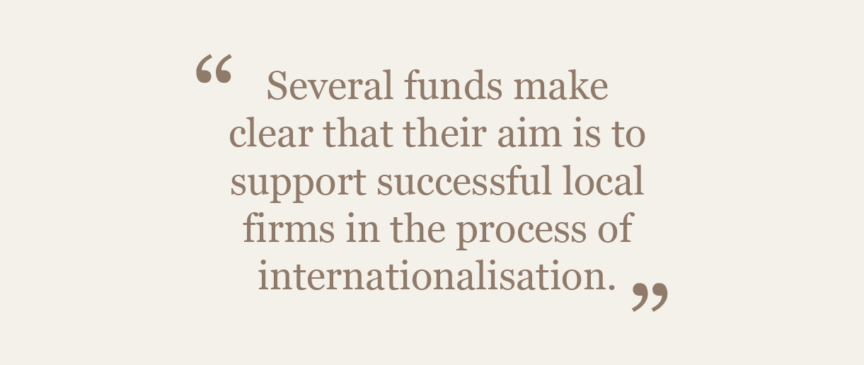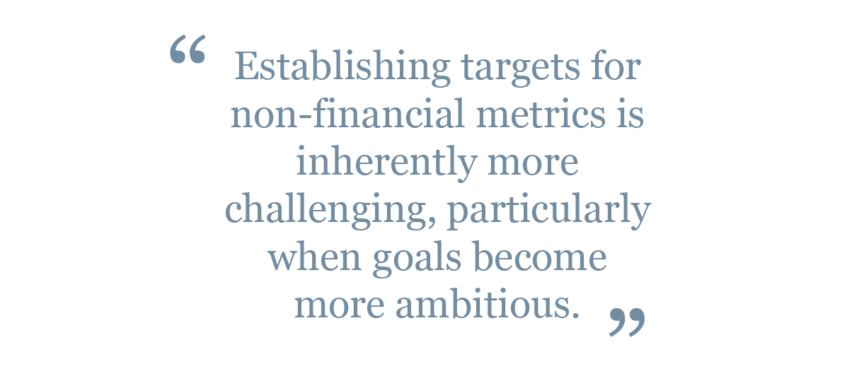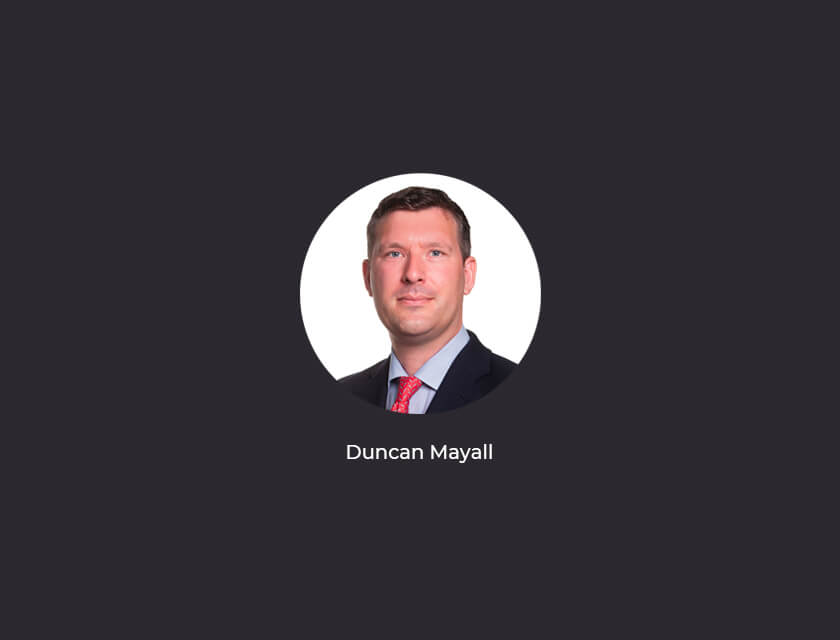The rise of strategic sovereign wealth funds
A Consulum analysis
By Duncan Mayall
Measuring Up
As strategic sovereign wealth funds grow in prominence, more attention is being given to their ambitions for economic development – and how to measure success.
When people think about sovereign wealth funds (SWFs), they typically think of large entities that invest excess revenues overseas to save for the long term and enhance inter-generational equity. For many years, that would have been a broadly accurate picture but the last two decades have seen a sharp increase in a different type of SWF – one whose remit also incorporates domestic economic development.
Commonly referred to as “strategic funds”, strategic SWFs have risen in prominence as many governments in developed markets and elsewhere increasingly deploy industrial strategy to boost growth and accelerate economic transformation. These SWFs accounted for five of the six new SWFs created in 2023, according to Global SWF, and six of the ten proposed funds currently under discussion.1

As part of this broader shift, strategic SWFs have an intriguing role to play in economic development. Increased investment in the domestic economy by SWFs has the potential to accelerate economic growth and structural transformation by strengthening capital flows into sectors where development may require investment at a larger scale or on longer timeframe for returns than would typically appeal to private sector investors.
These investments are also playing an increasingly central role within economic development strategies, backed by significant capital. Of the SWFs formed from 2000 to 2020 and which are still operational, strategic SWFs accounted for 41% of the funds and more than 30% of SWF assets, according to the International Forum of Sovereign Wealth Funds2.

However, while these funds are growing in number and influence, it is less clear exactly what they are attempting to achieve and how they are tracking their success. Unlike the metrics used to assess the performance of traditional SWFs, ambitions such as “supporting social and economic development” are often much harder to assess.
Without a clear sense of what strategic SWFs are attempting to achieve, and a means of assessing their success, there is a risk that the flood of new funds merely become a source of state investment of questionable value. However, for those funds that are able to articulate clear ambitions and demonstrate their progress against them, there is the potential to help transform their domestic economy.
To begin to fill this assessment gap, Consulum reviewed the public disclosures of 14 leading SWFs with either a purely strategic focus or a hybrid approach that includes a strategic element. We then analysed the ambitions they set out in terms of impact on their domestic economy and any metrics they established to measure progress.
Five primary ambitions of strategic SWFs
Our analysis identified five primary aims that strategic SWFs are pursuing.

1. Building national champions
Many strategic SWFs are established with state-owned companies, rather than capital, as their major assets. It is therefore unsurprising that many of these funds state that the development of “national champions” is one of their key aims.
SWFs are seen by some governments as a means of injecting commercial discipline into underperforming state-owned enterprises. Turning those businesses into national champions capable of competing on a regional or global basis is a logical next step in many instances.
For example, Mubadala in the United Arab Emirates (UAE) states that its UAE Investments platform “is Mubadala’s national investment vehicle contributing to accelerate the transformation of the UAE’s economy by building homegrown world class champions, fostering vibrant industrial and commercial clusters, and engaging with global partners.” In Saudi Arabia, PIF is working to develop national champions across a broad range of sectors as diverse as steel, aviation and gaming.

Likewise, Malaysia’s Khazanah is investing “through targeted investments in national champions and start-ups, across key and emerging sectors alike” and Singapore’s Temasek aims to “support Singapore’s deep tech ecosystem by investing in and building future deep tech champions.”
Clearly, there is always an element of risk in governments directly supporting individual firms. In attempting to pick winners, they may end up simply subsidising inefficient firms and crowding out competition from more innovative companies. As a result, it is instructive that several funds make clear that their aim is to support successful local firms in the process of internationalisation.
For example, The Sovereign Fund of Egypt says that it aims “to turn its local champions into regional and global players” and Indonesia’s INA says it is “supporting local champions to grow into regional global champions.”
However, while there are risks, there is also opportunity. If funds are successful in these efforts, there is the potential not only to develop multinational firms that are able to create high-quality jobs, but also to fuel export-led growth as well as positive spillovers from innovation.

2. Catalysing international investment
One of the key aims of many recently formed strategic SWFs is to help catalyse international investment. The envisaged mechanism is relatively straightforward: by co-investing with the private sector, strategic SWFs can help to de-risk projects and thereby attract investment from firms that might otherwise be wary of committing.
When the government has “skin in the game”, investors may be reassured of fair treatment and that returns will be prioritised. Likewise, when the state provides a large amount of the capital, it enables investors either to gain exposure to large infrastructure projects without committing to higher risk or to invest in a market in an “asset-light” manner, contributing IP and know-how rather than capital.
As examples, The Sovereign Fund of Egypt says it aims to “shape, manage, and perfect opportunities for investment in Egypt’s state-owned assets by creating partnerships and co-investments with private investors” while the Oman Investment Authority states it is “working to harness the vast network of our international relations to bring international investments to the Sultanate, which are in line with the State’s plan.”

These efforts align with a broader rise in the use of co-investment or subsidies as a means of attracting international capital. Used judiciously, these funds have the potential to attract much-needed capital and to ensure a higher level of financial discipline around major infrastructure projects.
When successful, these funds can have the effect of leveraging a SWF’s limited balance sheet to deliver much larger projects than would otherwise be possible. Speaking in March last year, Ayman Soliman, CEO of The Sovereign Fund of Egypt, stated that “we attract 7.5 dollars for every dollar we invest” and that two-thirds of this capital was from overseas and one-third from within Egypt3.

3. Developing strategic sectors
While some funds talk about a specific focus on national champions, others focus on particular strategic sectors or industry clusters.
As noted, Temasek has a particular focus on the deep tech sector in Singapore, while Bahrain’s Mumtalakat states it is “committed to investing in and for the Kingdom of Bahrain to grow and transform strategic industries in the country” through its Local Impact Investments portfolio. Likewise, ADQ in the UAE has the objective of “developing economic clusters that will stimulate synergies, increase trade and investment and strengthen our portfolio.”
Given the rise in industrial policy in recent years, it is logical that SWFs are increasingly being tasked with playing a part in those strategies. They often have significant capital to invest and given that they invest on a commercial basis there is potentially a lower risk of money being wasted on projects that are not economically viable.

Furthermore, in many instances, the identified sectors and clusters are emerging industries in which the investment case may be less well established or the timeline for returns longer than many private investors’ returns horizons. SWFs, as providers of long-term, patient capital, may be better placed to support the development of these nascent sectors.
SWF’s efforts to develop new sectors often go beyond simply providing capital. In some cases, this effort involves a number of other initiatives to maximise positive spillover effects, including targets for local content within their portfolio to boost local value chains, demand signalling within domestic projects to catalyse private sector investment, development of human capital within sectors (which can have a benefit beyond their own portfolio), and R&D partnerships with the private sector.
For funds that invest both internationally and domestically, their international investments can also create networks that give them access to expertise that can play an important role in developing key sectors within their domestic portfolio (and, potentially, through positive spillover effects, the private sector beyond their portfolio).

4. Building reputational benefits
A function that is rarely discussed is the role of strategic SWFs in strengthening the international reputation of their home market as a place to invest and do business.
Türkiye Wealth Fund argues that it “strengthens our nation’s economy thanks to its reputability in the international financial community” while Indonesia’s INA refers to its “active role in enhancing Indonesia’s standing to entice potential investors.”
However, the effectiveness of these efforts depends to some degree on the ability of these funds to communicate their mandate, strategy and delivery. For SWFs where returns are measured purely in financial terms there is often less urgency around the need to communicate, so long as they are able to maintain access to the markets in which they want to invest and maintain domestic support.
For SWFs where success is measured in economic impact as well as commercial returns, the need to communicate is greater because the scope for confusion is greater too. Without effective communication, strategic SWFs risk a series of accusations – most notably that their investments are based on pet projects rather than economic rationale, that the strategy is not working, or that the fund is performing poorly. Consequently, effective communications are needed to ensure understanding of a strategic SWF’s broader mandate and to complement increased transparency.

5. Supporting economic transformation
Some strategic SWFs have a mandate that goes beyond the development of sectoral clusters to incorporate broader national economic transformation. ADQ, for example, says it supports the aim of “fostering a knowledge-based economy” in the UAE.
In some instances, the distinction between supporting sector development and broader structural economic transformation may be more a matter of wording than substance. After all, structural change is often the result of a number of new sectors being developed.
However, in some instances, the prominence and centrality of strategic SWFs arguably marks a categorical difference. The most striking example of this is Saudi Arabia’s PIF, which is tasked with “driving the economic transformation of Saudi Arabia.” And as well as being a major shareholder in many key assets in the Saudi economy, PIF also has a significant role in driving investment.
As part of this effort, PIF is scheduled to invest around $200bn in the domestic economy from 2021-2025; an average of $40bn a year. To put this into context, Saudi’s central government capex for 2024 is budgeted at around $50bn while total gross fixed capital formation in Saudi in 2022 was around $270bn. PIF’s investment is clearly playing a significant role in the economic transformation efforts of a G20 economy.
While PIF’s role in the Saudi economy is arguably unique among SWFs, we are seeing a shift towards strategic SWFs taking a more prominent role within their domestic economies and being tasked with efforts that make them more central to broader economic development plans.
Measuring success: Understanding the metrics and targets of strategic SWFs
The proliferation of strategic SWFs and their growing role within many domestic economies has introduced shifts in how they measure success, beyond financial returns.

Employment-related metrics are arguably the most commonly cited data when it comes to a SWF’s non-financial contribution to the national economy. Funds such as the Oman Investment Authority, INA and ADQ highlight the number of local jobs represented in their portfolio. Other related metrics include staff training (Türkiye Wealth Fund), female employment (Spain’s Cofides) and localisation of jobs within the portfolio (Mumtalakat and Oman Investment Authority).
Given the growing role of attracting foreign direct investment (FDI) within the mandates of some funds, we are also beginning to see some strategic SWFs disclose the international investment their activity has helped attract – particularly among some of the newer strategic SWFs. Indonesia’s INA notes that FDI constitutes 54.2% of the total investment it has attracted, while OIA notes it has created “investment development opportunities worth OMR 4.5bn” and signed “agreements on investments worth OMR 1 bn.”
Another increasingly common metric is climate impact. Funds including INA and Temasek measure their direct and indirect emissions while Türkiye Wealth Fund reports on a range of metrics including emissions reduction, water usage and energy consumption.
In most instances, SWFs simply report these non-financial metrics rather than making them explicit targets against which they measure progress. While reporting a broader range of metrics is a positive step and provides a deeper sense of how the fund contributes to the national economy, there will be concerns that these metrics may remain more of a “nice to have” than actual drivers of decision making.

Of course, establishing targets for non-financial metrics is inherently more challenging, particularly when goals become more ambitious. However, there are examples of funds looking to new means of setting targets that reflect the scope of their ambitions. Malaysia’s Khazanah, for example, has developed the SEMARAK framework, which it describes as “an impact assessment tool which converges global methodologies to measure societal value, adapted to the Malaysian context” and which it hopes will help create measurable socio-economic impact targets for its impact investment portfolio, starting from this year.
As an example of how the process will work, it cites 42 Malaysia, an initiative to enhance computer science training in Malaysia where SEMARAK will track a wide range of impact performance metrics, including “the number of graduates, successful placement rates, employer satisfaction scores and the distribution of graduates across income groups and geography, among others.”
It is perhaps unsurprising that the most extensive set of target and metrics are those established by Saudi Arabia’s PIF. PIF’s targets, which are closely linked to the Kingdom’s Vision 2030, cover job creation, establishing new companies, local investment, share of assets in the Kingdom’s emerging sectors, contribution to non-oil GDP, and induced private sector investment. These targets are set out in the fund’s 2018-2020 and 2021-2025 strategies and in many cases progress has been reported in the fund’s annual reports.
While Saudi Arabia is arguably exceptional in the extent of its economic planning and targets – and the centrality of its SWF to that economic strategy – it will be interesting to see the extent to which other SWFs adopt a similar approach of expanding the non-financial metrics by which they measure their success.
The proliferation of strategic SWFs is creating exciting opportunities to accelerate economic development by supporting the creation of national champions and new sectors, enhancing national economic reputation, and catalysing local and international private sector investment.
Beyond these stated aims, a number of funds have provided important financial support to the national economy in times of significant financial stress. For example, in 2014, Khazanah privatised Malaysia Airlines during a period of financial distress for the airline, preventing a potential collapse that could have had wider negative impacts on Malaysia’s economy, including job losses.
This Consulum report demonstrates the scope of ambitions among strategic SWFs, as well as the breadth and extent of the economic challenges they are being deployed to address. As their purpose evolves, we see evidence that many SWFs are thinking creatively about how they can measure their success and what appropriate non-financial targets might look like.
In most cases, it remains early days and there are few established practices. However, as more strategic SWFs are formed in the coming years – and as these funds come to play a more central role in economic policy – there will inevitably be greater focus on their effectiveness and pressure on them to demonstrate impact. As a result, we anticipate that purpose and metrics will continue to occupy a growing amount of time for leaders both at SWFs themselves and their host governments.

About the author
Duncan Mayall
Consulum Chief Economist
Duncan leads Consulum’s economic analysis work. He has worked for more than fifteen years in government and corporate advisory. He specialises in economic analysis and its application to policy and communications, focusing on FDI and sovereign wealth funds.
